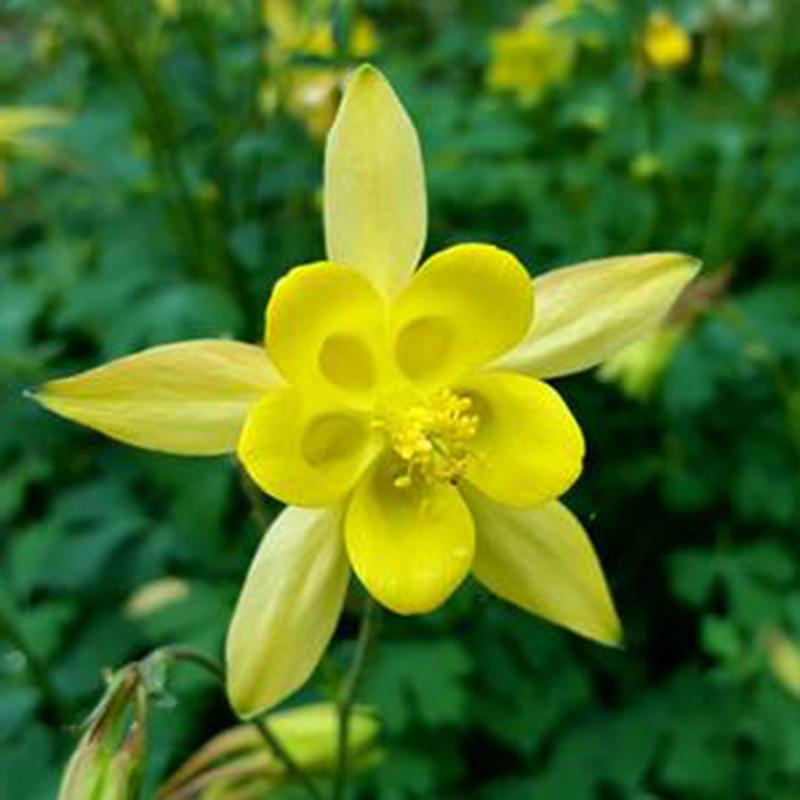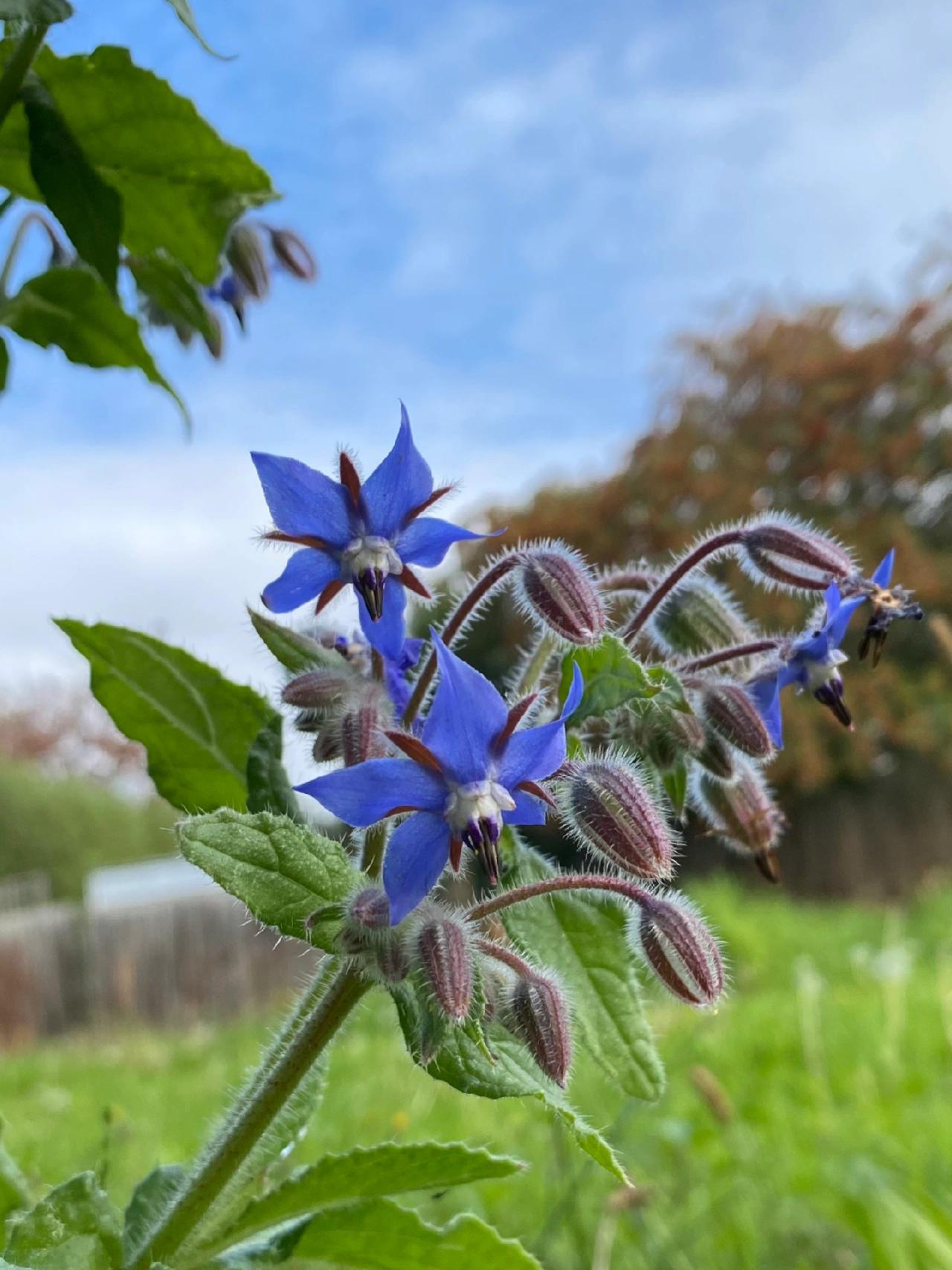The Araceae family has an intriguing story. Dating back millions of years, these unique plants have adapted to diverse habitats. What makes them fascinating is their captivating reproduction strategy. Araceae plants utilize odor and heat to attract pollinators, such as beetles and flies. They employ a specialized structure called a spathe to emit a pungent scent and generate warmth, mimicking the smell and temperature of decaying organic matter. These deceptive tactics lure insects, which then get trapped inside the spathe. As the insects struggle, they inadvertently transfer the plant’s pollen, ensuring pollination occurs. This extraordinary adaptation showcases the ingenuity of nature in creating symbiotic relationships.
Picture
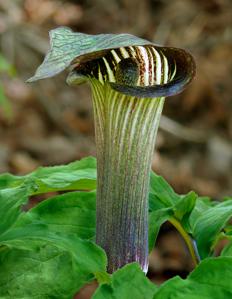
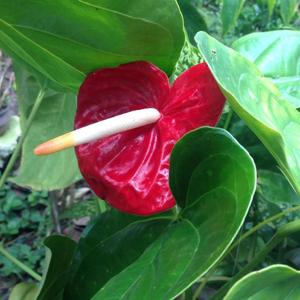

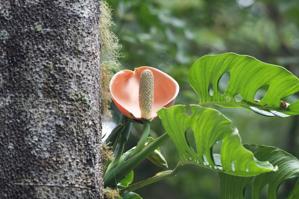
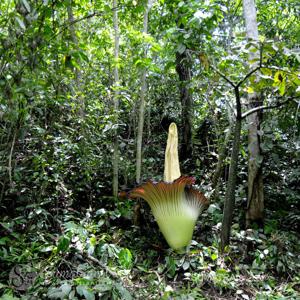
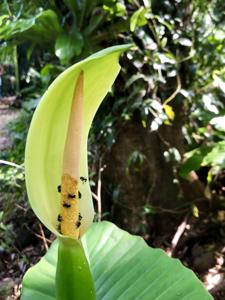
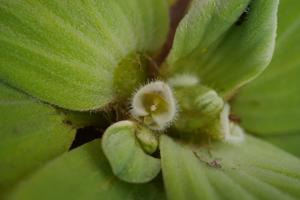


Plant some seeds now!
Short Description
Snake lily (Dracunculus vulgaris) in CreteArrowleaf elephant ear (Xanthosoma sagittifolium), clearly showing the characteristic spadix and spatheThe Araceae are a family of monocotyledonous flowering plants in which flowers are borne on a type of inflorescence called a spadix. The spadix is usually accompanied by, and sometimes partially enclosed in, a spathe (or leaf-like bract). Also known as the arum family, members are often colloquially known as aroids. This family of 140 genera and about 4,075 known species is most diverse in the New World tropics, although also distributed in the Old World tropics and northern temperate regions.
Description
Species within Araceae are often rhizomatous or tuberous, and the leaves nearly always contain calcium oxalate crystals or raphides, in varying degrees. The leaves can vary considerably from species to species. The inflorescence is composed of a spadix, which is almost always surrounded by a modified leaf called a spathe. In monoecious aroids (possessing separate male and female flowers, but with both flowers present on one plant), the spadix is usually organized with female flowers towards the bottom, and male flowers towards the top. In aroids with perfect flowers, the stigma is no longer receptive when the pollen is released, thus preventing self-fertilization. Some species are dioecious.
Many plants in this family are thermogenic (heat-producing). Their flowers can reach up to 45 °C even when the surrounding air temperature is much lower. One reason for this unusually high temperature is to attract insects (usually beetles) to pollinate the plant, rewarding the beetles with heat energy. Another reason is to prevent tissue damage in cold regions. Some examples of thermogenic Araceae are: Symplocarpus foetidus (eastern skunk cabbage), Amorphophallus titanum (titan arum), Amorphophallus paeoniifolius (elephant foot yam), Helicodiceros muscivorus (dead horse arum lily), and Sauromatum venosum (voodoo lily). Some species, such as titan arum and the dead horse arum, give off a very pungent smell akin to rotten meat, which serves to attract flies for pollination. The heat produced by the plant helps to convey the scent further.

